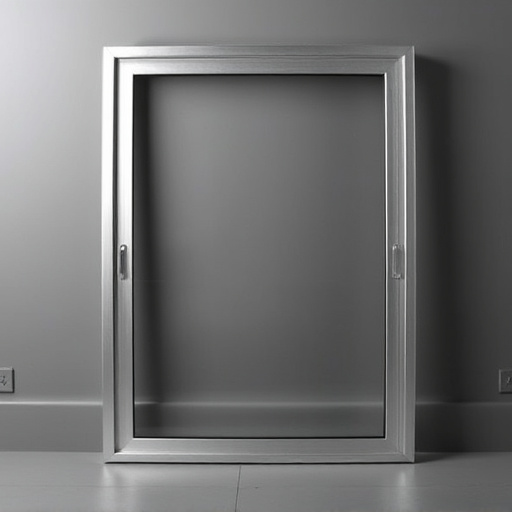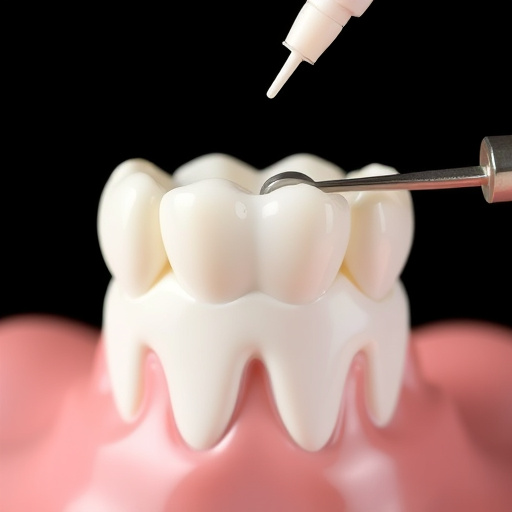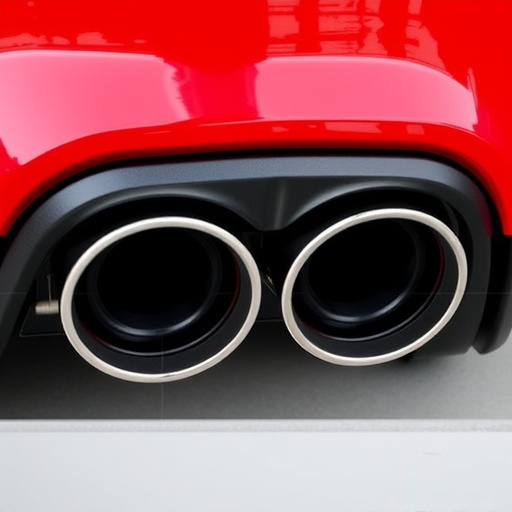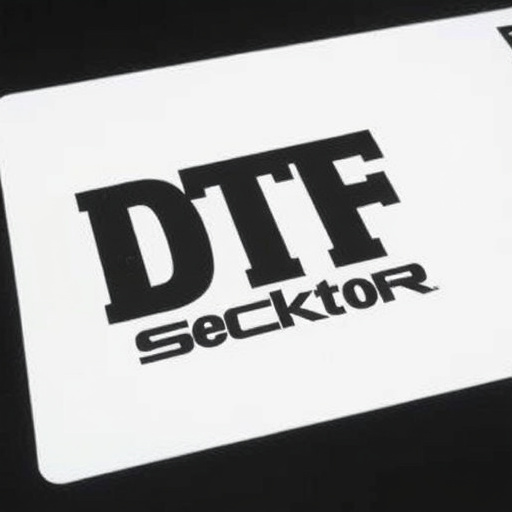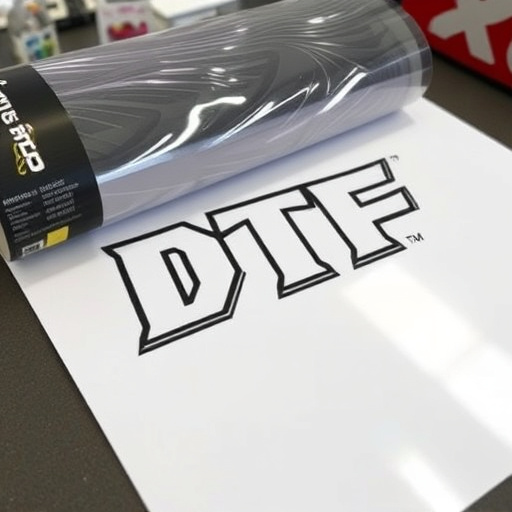Custom DTF Transfers offer unique apparel design but require careful preparation and application. Select high-quality inks and papers, clean printing surface, use release agent, cut design precisely. Even heat application, cooling, and peeling backing are crucial for optimal results. Proper curing, cleaning, and storage maintain vibrancy and longevity of transfers.
“Unleash your creativity with Custom DTF Transfers—a powerful tool for achieving stunning design results. This guide delves into the intricacies of applying these transfers correctly, ensuring long-lasting and visually appealing outcomes. From understanding essential materials and preparation to a detailed step-by-step application process, we cover it all. Additionally, learn about curing and maintenance practices to maximize the longevity of your custom DTF transfers. Master this technique and revolutionize your design projects.”
- Understanding Custom DTF Transfers: Materials and Preparation
- Step-by-Step Application Guide for Optimal Results
- Curing and Maintenance: Ensuring Longevity of Your Transfer
Understanding Custom DTF Transfers: Materials and Preparation

Custom DTF transfers offer a unique and creative way to design custom t-shirts and other apparel items. Before applying these transfers, it’s crucial to understand the materials involved and the necessary preparation steps for optimal results. The process begins with selecting high-quality DTF (Direct to Fabric) inks and papers that are compatible with your chosen printing method, whether it’s a heat press or a direct-to-garment printer. Ensure you pick materials suitable for the fabric type you plan to print on, as different fabrics have varying absorption rates and textures.
Preparation is key to achieving professional-looking custom t-shirts. This includes cleaning and preparing the printing surface, ensuring it’s free from dust or oil. For best results with dtf printing for t-shirts, consider using a release agent to prevent the ink from adhering to the backing paper and facilitating smooth transfer during application. Additionally, precise cutting of the transfer design is essential to align the image accurately when pressed onto the fabric.
Step-by-Step Application Guide for Optimal Results

Following a meticulous step-by-step guide is crucial for achieving optimal results when applying Custom DTF Transfers. Start by preparing your workspace; ensure it’s clean, well-lit, and free from debris or dust to prevent any contamination that could affect adhesion. Next, carefully unroll the DTF transfer film and align it precisely onto the object you intend to decorate, using a squeegee for even pressure.
Key to successful application is temperature control; preheat your dtf printer to the recommended setting before applying heat evenly across the entire design surface. Allow sufficient cooling time after heat application to prevent damage or warping. Finally, once cooled, gently peel away the backing film to reveal your custom design perfectly transferred onto the object, ready for further customization or finishing touches.
Curing and Maintenance: Ensuring Longevity of Your Transfer

After applying your Custom DTF Transfers, proper curing and maintenance are essential to ensure their longevity. Curing involves allowing the transfer to set completely by heating it according to the manufacturer’s recommendations. This step is crucial for achieving a vibrant, long-lasting print that won’t fade or crack over time.
Regular cleaning and protection are also vital components of DTF transfer maintenance. Keep your transfers away from direct sunlight and excessive moisture as these elements can weaken the adhesive and diminish the print quality. Using a mild detergent and warm water to clean any residual ink or debris is recommended, especially for logos DTF for clothing brands. Additionally, storing them in a cool, dry place when not in use will help maintain their integrity, ensuring your direct to film printer investments last for years to come.
Custom DTF transfers offer a unique and durable way to enhance various surfaces. By understanding the materials, preparing your workspace, and following a meticulous application process, you can achieve exceptional results. Proper curing and ongoing maintenance are key to ensuring the longevity of these transfers, allowing them to withstand the test of time and maintain their vibrant appearance. Mastering the art of applying Custom DTF Transfers opens up a world of creative possibilities for both personal and professional projects.


